How to Spot a Good NIL Opportunity
Not every NIL offer is a win. We’ll walk you through what makes a deal legit — and the warning signs that you and your athlete should run the other way.
Getting an NIL offer can feel exciting — like your big break! But not every offer is a good one. Some deals can limit your future options, hurt your eligibility, or cause financial headaches later. Here’s how to tell the difference between a smart NIL opportunity and a major red flag:
Good NIL Deals Match Your Values
A great NIL partnership feels like a natural fit. The brand’s values should align with your own, and it should be something you would actually use, support, or promote — even without getting paid. Always ask: Would I proudly represent this company even if I wasn’t getting paid?
Good Fit Example: A track athlete partnering with a healthy energy drink brand.
Red Flag: An underage athlete asked to promote alcohol or gambling apps (which could risk eligibility).
Good NIL Deals Have Clear, Fair Contracts
A strong NIL deal should be simple to understand and written clearly. You should know:
What you’re agreeing to (posting, appearances, etc.)
How much you’ll be paid and when
How long the agreement lasts
What happens if either side wants out
If the contract feels confusing or "too good to be true," pause! (Sports Business Journal). Always have an experienced sports lawyer or NIL advisor review every contract before you sign anything.
Good NIL Deals Don’t Tie You Down Forever
Be careful of deals that lock you in for years or limit you from working with other brands. While it's fine to have short-term exclusivity (like a 6-month brand partnership), long-term or super broad restrictions can limit your future opportunities. Look for short-term, flexible agreements — especially early in your career!
Red Flag: A sneaker company that bans you from working with any other athletic brands for five years.
Good NIL Deals Fit NCAA and State Rules
Every NIL deal must follow:
State laws (for high schoolers, this matters a lot)
NCAA guidelines (for future college athletes)
If a deal violates rules, you could lose eligibility to play. For example, some states or schools restrict use of school logos in ads (NFHS.org). Double-check with your coach, athletic director, or compliance office before promoting anything.
Good NIL Deals Respect Your Time (And School Commitments)
Being a student-athlete is already a full-time job. A good brand partner will understand that and won't ask for constant content, appearances, or travel that could interfere with your team obligations. Make sure deliverables (like posts or events) are reasonable for your schedule.
Final Thoughts
Not every NIL deal is a golden ticket — and that’s okay. The best opportunities will feel like a real partnership, not a trap. Stay patient. Stay smart. And when in doubt? Get advice before you sign.
Ready to learn how to review your first NIL offer? Grab our NIL Playbook Checklist for Athletes.
Sources:
Sports Business Journal: Tips for Evaluating NIL Deals
NFHS: NIL Resources for High School Athletes
NCAA: NIL Policy Guide

